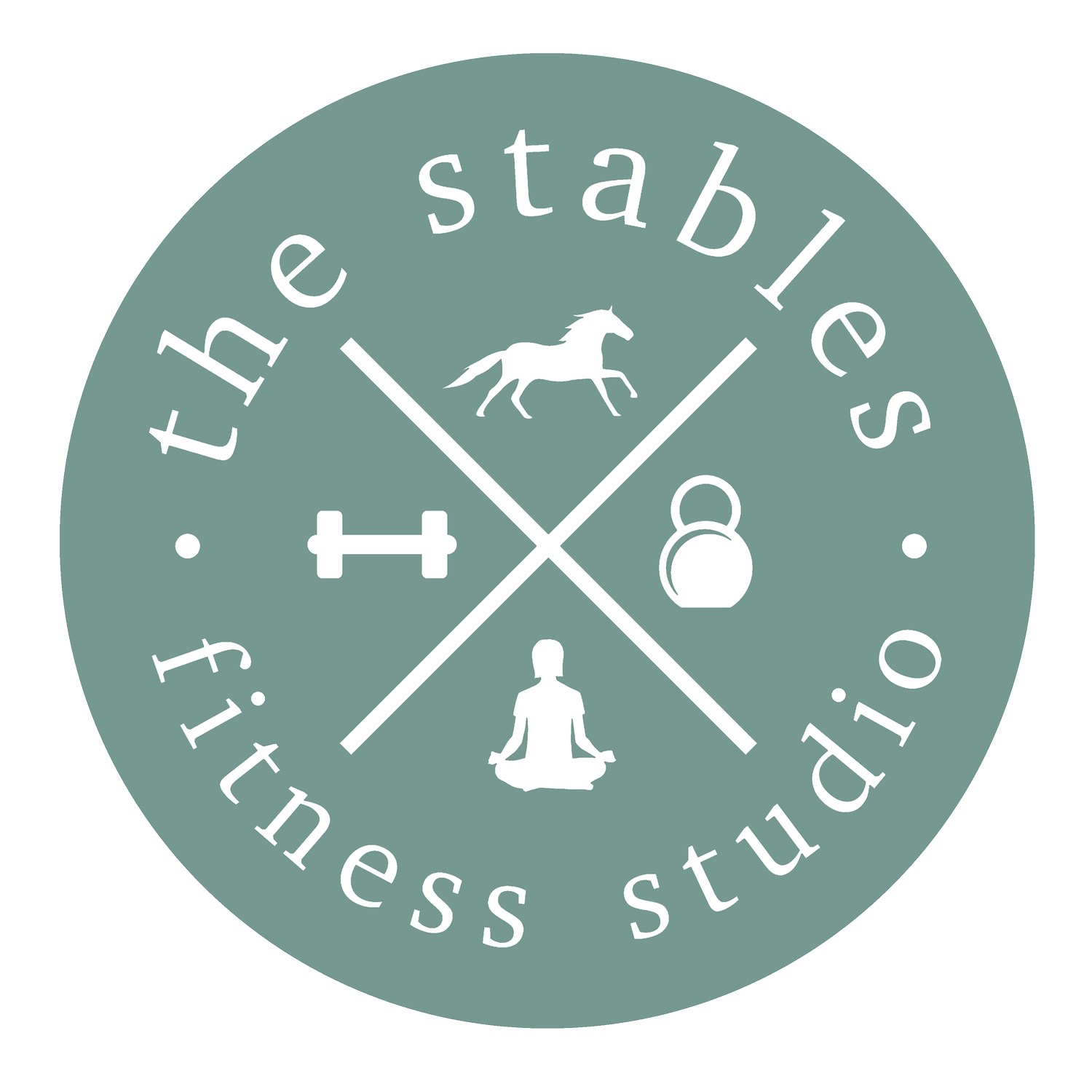Understanding your menstrual cycle and how to get the most out of exercise throughout the month.
If you’re a woman who engages in regular physical activity of any kind, you will probably have noticed the changes in your motivation, ability to train at a high intensity or lift heavier weights fluctuates during your menstrual cycle.
Understanding the hormonal changes during the menstrual cycle can help women optimise their exercise routines. Here’s a breakdown of the hormonal fluctuations, their effects on exercise, and insights on how to manage workouts throughout the cycle.
Hormonal Changes During the Menstrual Cycle
The menstrual cycle can be divided into four main phases, each characterised by different hormonal levels:
Menstrual Phase (Days 1-5):
Hormones: Low levels of estrogen and progesterone.
Effects on Exercise: Fatigue and discomfort from menstrual cramps may make high-intensity workouts challenging. However, light exercise can help alleviate cramps and boost mood.
Follicular Phase (Days 6-14):
Hormones: Estrogen levels rise, peaking just before ovulation.
Effects on Exercise: Increased energy and improved mood make this a great time for strength training and high-intensity workouts. Now is the time to start pushing those number on your weights, increase the intensity of your workouts. Recovery is generally quicker due to higher estrogen levels, which also support muscle repair.
Ovulatory Phase (Around Day 14):
Hormones: Peak levels of estrogen; estradiol is at its highest and a surge in luteinizing hormone (LH).
Effects on Exercise: This is often the most energetic time of the cycle. Women may feel stronger and more motivated, making it ideal for pushing limits and trying new workouts.
Luteal Phase (Days 15-28):
Hormones: Progesterone rises after ovulation, followed by a gradual decline. Estrogen levels fluctuate.
Effects on Exercise: As progesterone rises, some women may experience fatigue, bloating, and mood swings. It’s often a good time to focus on moderate-intensity workouts and less strenuous activities like yoga or walking.
Best Times to Work Hard and When to Hold Back
Best for High-Intensity Workouts: Follicular phase and ovulatory phase (Days 6-14). Women typically feel their strongest and most energetic during this time.
Hold Back: Menstrual phase (if feeling fatigued) and late luteal phase (Days 22-28). Focus on lighter activities or rest, especially if premenstrual symptoms are strong.
It is worth noting here that there are studies to suggest that women are at higher risk of injury during their late follicular phase (around ovulation). Though there are not enough studies to definitively say the reason, this could be linked to the surge in luteinizing hormone (LH) and estradiol leading to laxity in the ligaments. So although this is the time to work hard and lift heavy, do so with care and pay special attention to technique.
Benefits of Exercise for Reducing Premenstrual Symptoms
Regular exercise can significantly alleviate premenstrual symptoms (PMS) through:
Mood Enhancement: Physical activity releases endorphins, which can help counteract mood swings and irritability.
Reduced Bloating: Exercise can help manage water retention and bloating associated with PMS.
Cramps Relief: Engaging in light to moderate exercise can reduce menstrual cramps by improving blood circulation and releasing tension.
Better Sleep: Regular exercise can enhance sleep quality, which may be disrupted during PMS.
Why Women May Feel Tired, Weaker, and Less Enthusiastic Before Their Period
Hormonal Fluctuations: The rise in progesterone during the luteal phase can lead to fatigue and lethargy. Progesterone can have a sedative effect, making women feel more tired.
Mood Changes: Hormonal shifts can contribute to mood swings and anxiety, leading to decreased motivation to exercise.
Physical Symptoms: Symptoms like bloating, breast tenderness, and cramps can make physical activity uncomfortable and unappealing.
Energy Levels: Some women may experience a dip in energy levels due to lower blood sugar or changes in appetite, affecting workout intensity and enthusiasm.
Conclusion
By understanding the hormonal changes throughout the menstrual cycle, women can better tailor their exercise routines to align with their energy levels and overall well-being. This approach not only enhances performance but also helps manage menstrual symptoms, leading to a more positive exercise experience. As tempting as it may be to curl up and shut out the world during certain times of the month, you’ll feel much better after jumping in on a class with friendly faces, knowledgeable coaches and getting sweaty!
